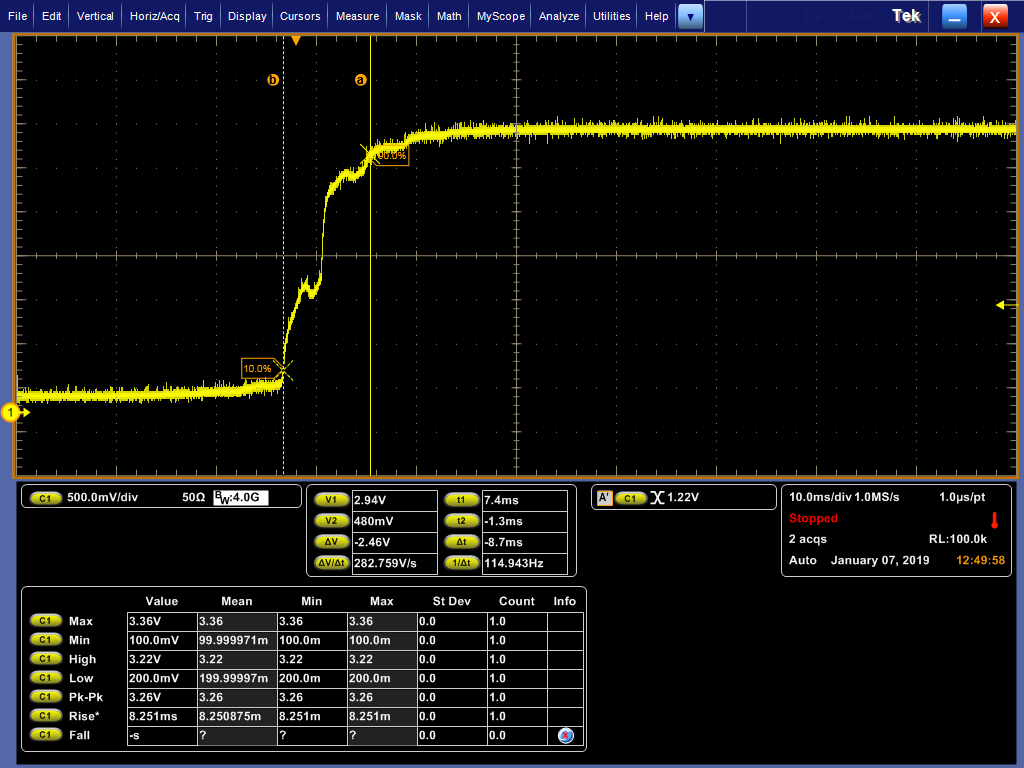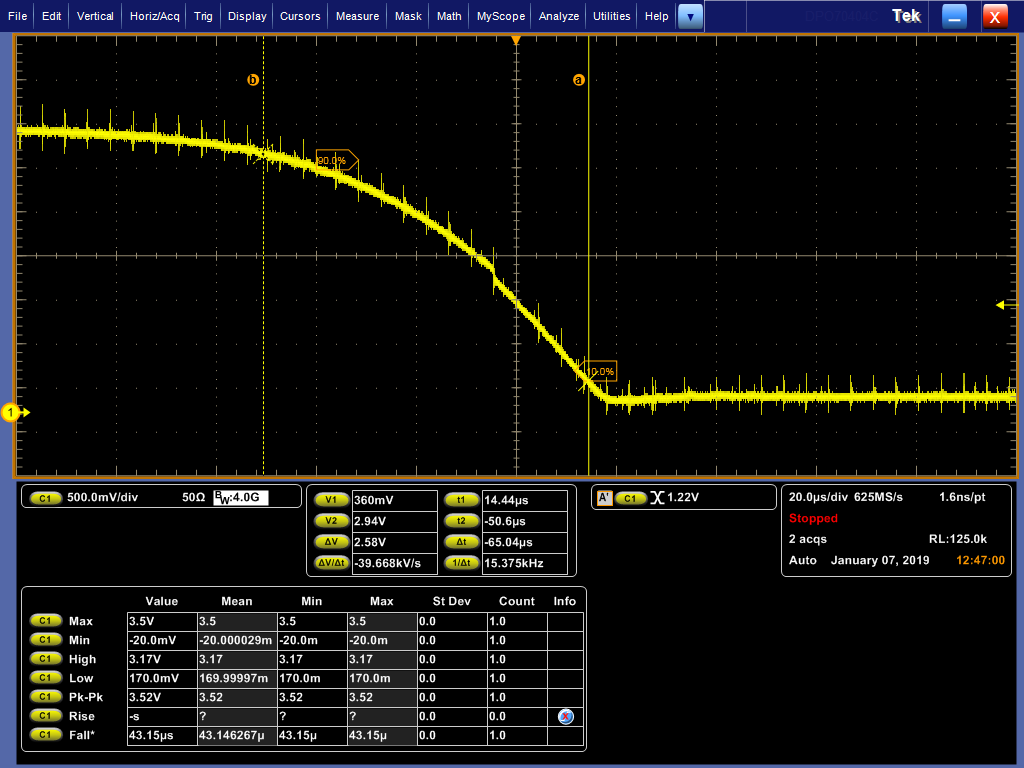Other Parts Discussed in Thread: SN74LV8151, SN74LVC2G17, SN74LVC1G17, SN74LVC3G17
Hi team,
My customer is using the SN74LVC162244A now. We want to check whether it has no risks when the input slew rate is lower than 10ns/V. Could you please provide the details? Thanks,




